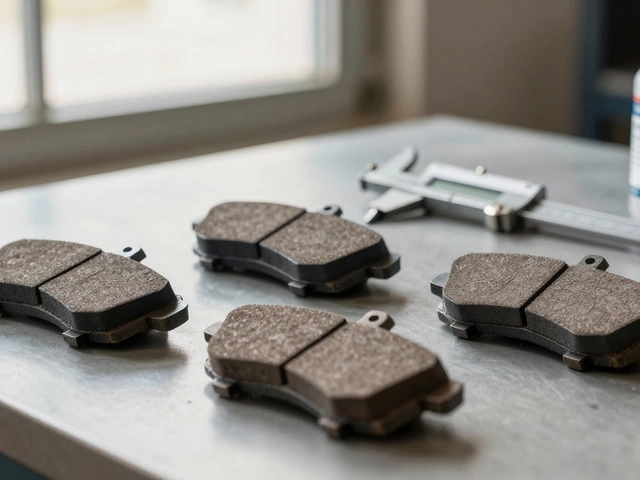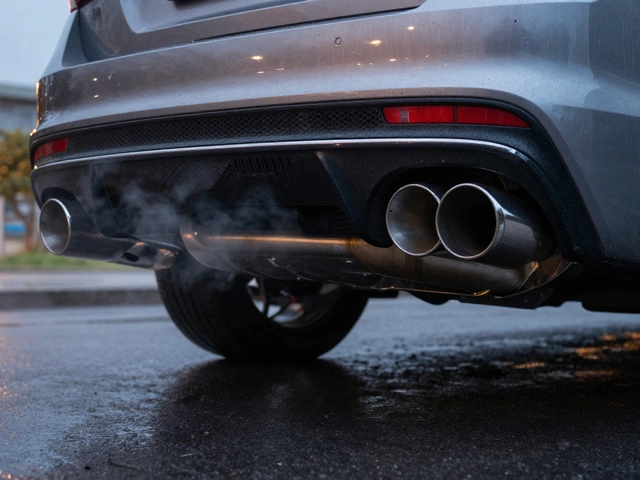How Long to Replace Clutch: Time, Cost, and What to Expect
When you hear a grinding noise or feel the clutch slipping, you know it’s time to think about a clutch replacement, the process of removing and installing a new clutch assembly to restore proper power transfer between engine and transmission. Also known as clutch repair, it’s one of those jobs that sounds simple until you’re under the car with a jack, a torque wrench, and a whole lot of sweat. Most people assume it’s a quick swap—like changing brake pads—but it’s not. This isn’t a 30-minute fix. It’s a full-day project, even for experienced mechanics.
So how long does it actually take? On average, a professional shop needs 4 to 8 hours to replace a clutch. Why so long? Because the clutch isn’t just one part—it’s a system. You’ve got the clutch disc, pressure plate, release bearing, pilot bearing, and sometimes even the flywheel. And to get to any of them, you have to disconnect the transmission from the engine. That means lifting the car, draining fluid, removing the driveshaft, unbolting the transmission, and carefully sliding it back. It’s messy, heavy, and requires precision. If the flywheel is worn or cracked, you’ll need to resurface or replace it too. That adds another hour or two. For DIYers, it’s often a weekend project. If you’ve never done this before, plan for 10 to 12 hours. You’ll need the right tools, patience, and a good workspace.
What affects the time? The car model matters. A compact hatchback like a Honda Civic might take 5 hours. A pickup truck or SUV? You’re looking at 7 or more because of heavier components and tighter spaces. Some vehicles have the clutch located behind the engine, making access harder. And if the transmission is seized or the bolts are rusted, you’re in for surprises. That’s why mechanics always say, "It depends."
And don’t forget the parts. A cheap clutch kit might save you money upfront, but if it’s made of low-grade materials, it could wear out in 20,000 miles. A quality OEM or performance clutch lasts 80,000 to 100,000 miles. You’re not just buying a part—you’re buying peace of mind. Also, if your car has a dual-mass flywheel, replacing it with a single-mass unit might save money long-term, but it changes how the car drives. That’s a decision you need to make with your mechanic.
Some people try to cut corners by skipping the release bearing or pilot bearing. Don’t. These small parts wear out at the same rate as the clutch. Replacing them now saves you from doing the whole job again in six months. It’s like changing all your brake pads at once instead of just the front ones.
If you’re noticing symptoms like clutch pedal vibration, difficulty shifting, or a burning smell, don’t wait. A failing clutch can leave you stranded. And if you delay too long, you risk damaging the flywheel or transmission—costing you thousands instead of hundreds.
Below, you’ll find real-world breakdowns from mechanics and DIYers who’ve been there. You’ll see how long it took different people to replace clutches in everything from Ford F-150s to Toyota Corollas. You’ll learn what tools actually matter, what mistakes to avoid, and how to spot a shop that’s overcharging you. This isn’t theory—it’s what works on the ground.

How Many Hours Does It Take to Replace a Clutch? Real-Time Estimates for Common Cars
Replacing a clutch typically takes 4 to 8 hours, depending on your car model and mechanic experience. Learn what factors affect labor time, signs of a failing clutch, and how to save money on parts and labor.
CONTINUE READING







